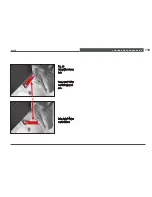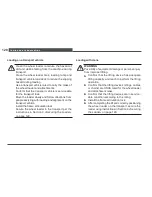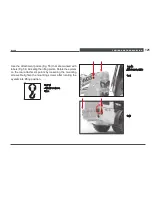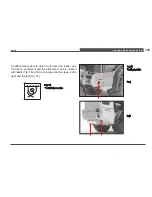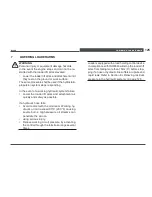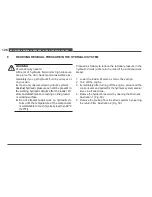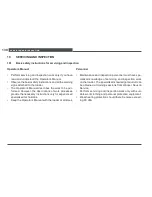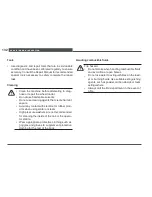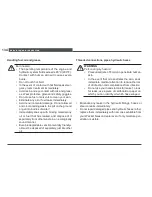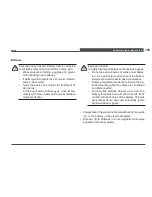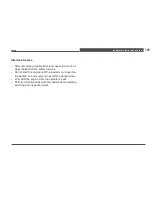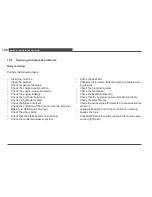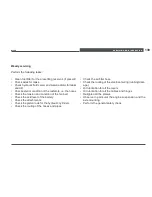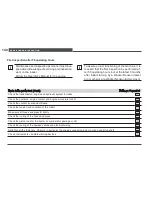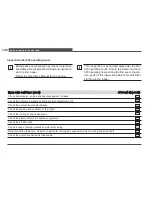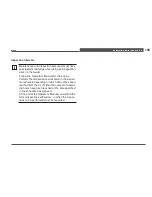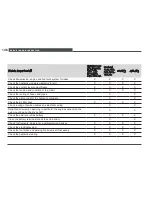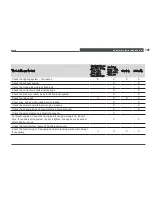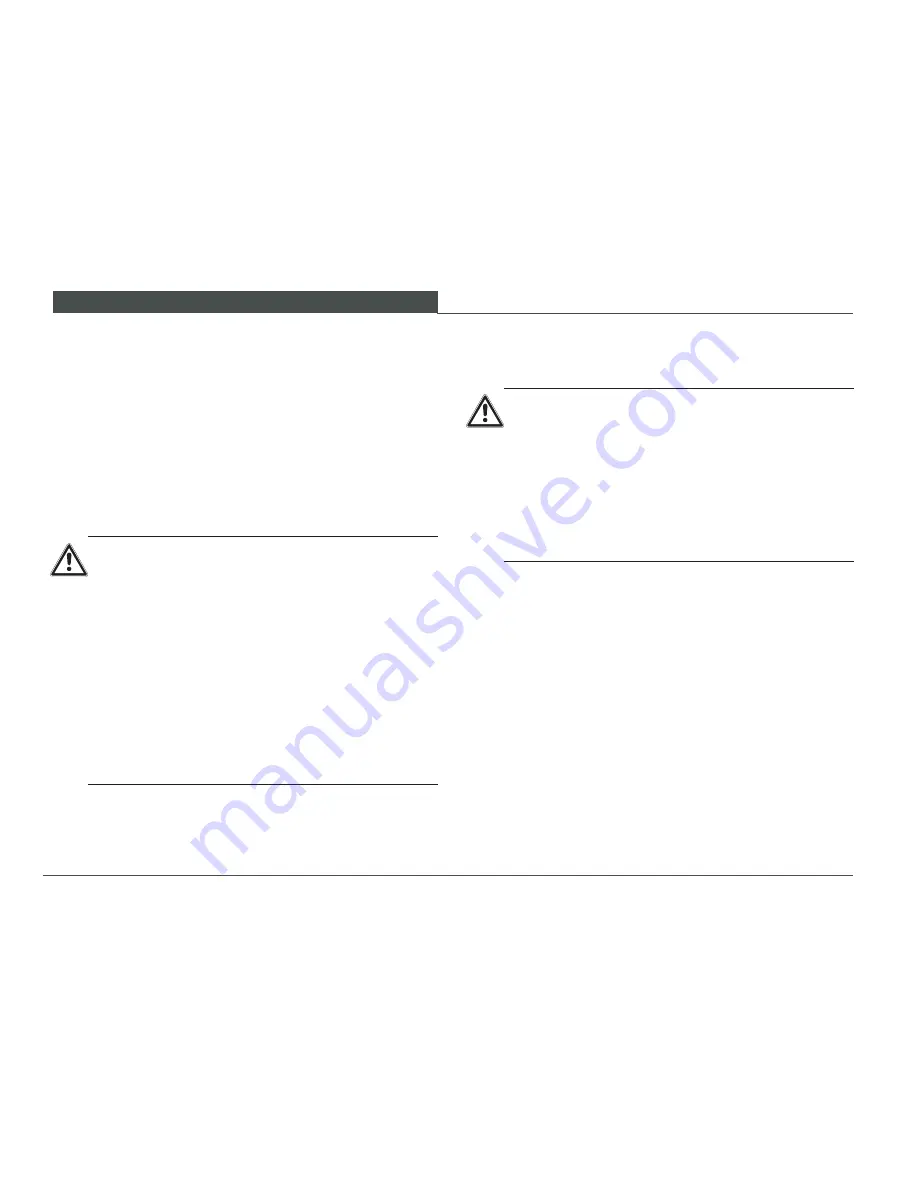
SE RvICINg A ND INSPEC TION
132
Tools
•
Use diagnostic and repair tools that are in serviceable
condition and have been calibrated regularly to ensure
accuracy. Consult the Repair Manual for recommended
special tools necessary to safely complete the repair
task.
Cleaning
•
Clean the machine before attempting to diag-
nose or repair the wheel loader.
• Do not use flammable solvents.
•
Do not use cleaning agents that create harmful
vapors.
•
Avoid any contact with electrical or rubber prod-
ucts when using water or steam.
•
High pressure washers are not recommended
for cleaning the inside of the cab or the opera-
tor station.
•
Wear appropriate protective clothing such as
goggles and gloves to supplement protective
clothing for the rest of the body.
Handling combustible fluids
Fire hazard.
• Do not smoke when handling combustible fluids
and avoid fire or open flames.
• Do not use water to extinguish fires on the load
-
er or burning fluids. Use suitable extinguishing
agents, such as powder, carbon dioxide or foam
extinguishers.
• Always call the fire department in the event of
a fire.
Summary of Contents for WL 30
Page 1: ...www wackerneuson com Operator s Manual Wheel Loader WL 30...
Page 2: ...December 10 Edition...
Page 17: ...BASIC INFORMATION 15 WL30...
Page 48: ...TECHNICAL DATA 46 3 4 Dimensions Fig 11 Dimensions...
Page 61: ...Description of the indicator warning and control elements 59 WL30...
Page 126: ...Towing and transporting 124 Fig 58 Tying down the loader...
Page 161: ...SERVICING AND INSPECTION 159 WL30 2 1 Fig 63 Cab tilt lever...
Page 235: ...Appendix 233 WL30 For personal notes...
Page 245: ...List of figures 243 WL30...


